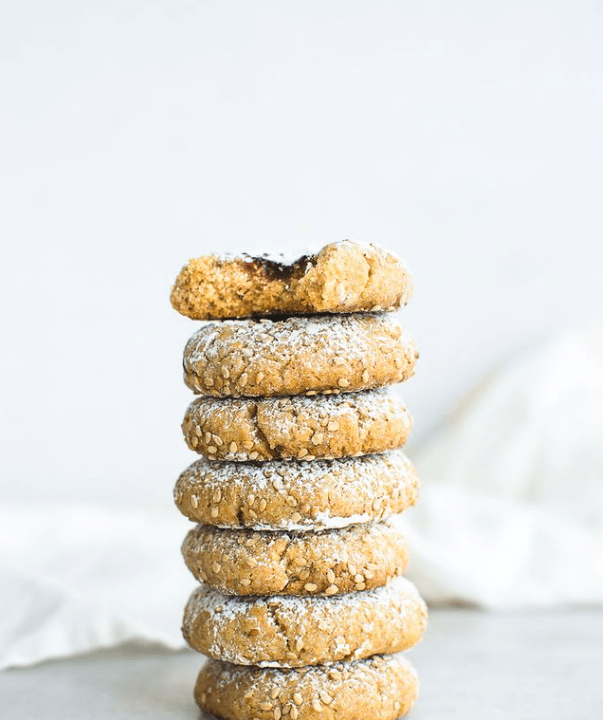At the end of winter, when the nights freeze but days warm up a bit, sugar maple trees begin to wake up in preparation for spring. Farmers tap the trees, boiling down their sap for maple syrup. It’s a tradition that’s lasted generations and an industry that’s estimated to be worth more than $1.5 billion, with hundreds of thousands of gallons in production each year.
When it comes to making maple syrup, timing and temperature are just about everything. During winter, sugar maples go dormant just as other deciduous trees do. This helps the trees conserve their energy during the coldest, darkest part of the year.





